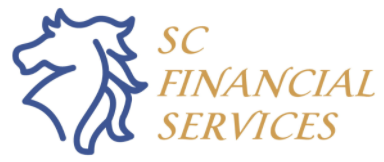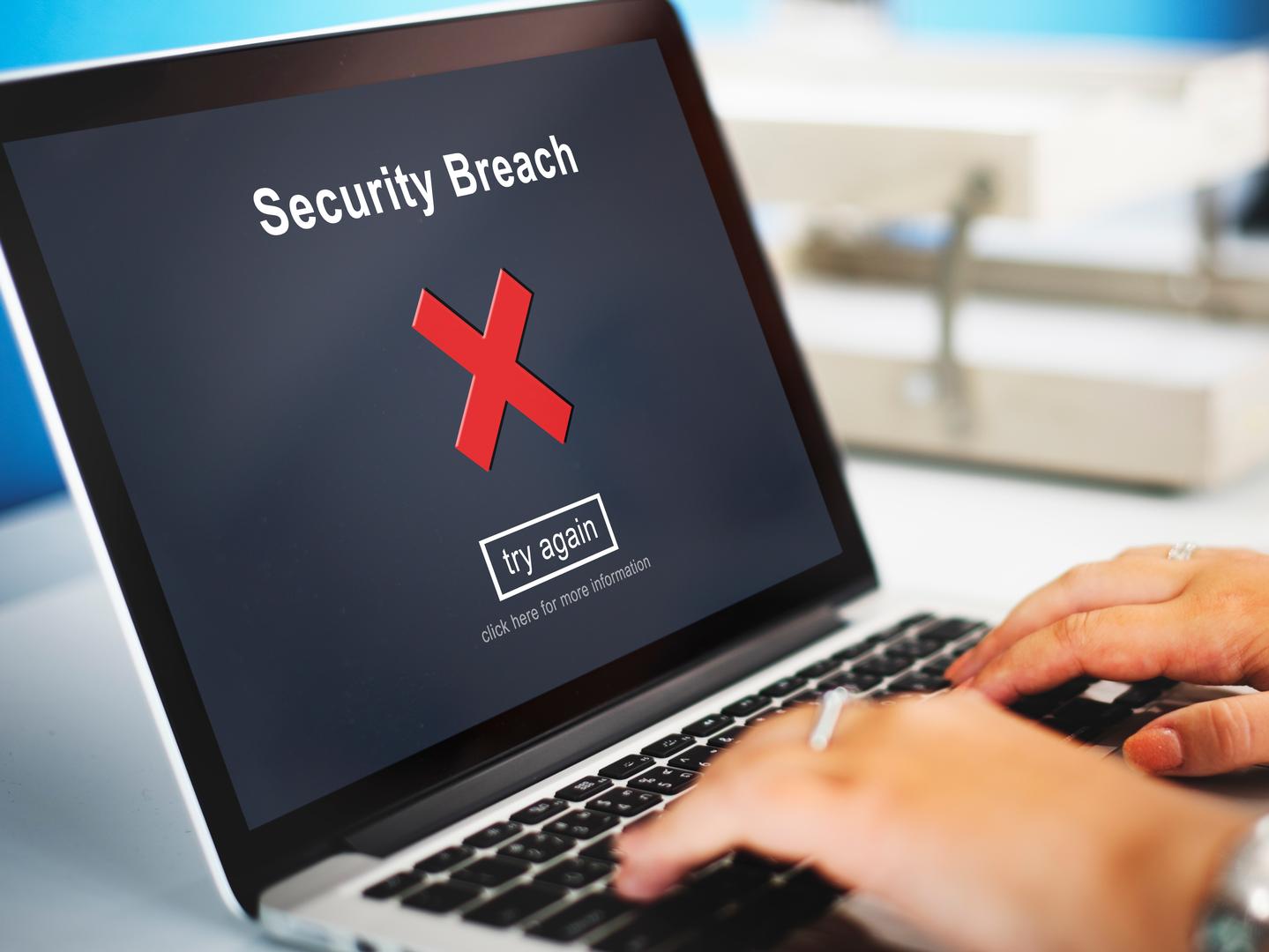How to Protect Yourself From Cyberattacks
We now live in a tech-saturated world. Just about every aspect of our lives includes technology in some form or another. Making it scarier when we hear more and more news about hackers and security breaches. As we become increasingly dependent on technology and use multiple devices on any given day, there are more opportunities for our personal information to be compromised.
Don’t let this daunting fact cause you to live in fear (or contemplate going off the grid!). Just remember that knowledge is power. One of the best things we can do is learn what cyberattacks are and how to prevent them from happening..
Cyberattacks, Defined
First, let’s look at what cyberattacks are and why they pose a threat to you and your money. Cyberattacks are malicious attempts to access or damage a device’s data, including computers, phones, gaming devices, printers, and other devices. If the hacker succeeds, they could access your personal information and the capability to block access or delete your documents and pictures. (1) With this information, they could potentially steal your identity, money or credit, damage your reputation, or jeopardize your safety.
If that isn’t enough to motivate you to protect yourself, I don’t know what will. Good news is that taking simple steps can help you safely navigate our tech based world. These following four steps are a great starting point:
1. Strengthen Your Passwords
Your first line of defense online is passwords. Your passwords are the gates between criminals and things like your financial accounts, so you want them to be as strong as possible. And when it comes to passwords, strength comes from complexity. Aim to use a mix of upper- and lowercase letters, special characters, and numbers. To make them easier to remember, choose a phrase or acronym that you created yourself.
In addition to strong passwords, you want to make sure you have separate passwords. Don’t use the same one, or a simple variation of the same one, for multiple accounts or websites. Also, avoid using your name, government ID numbers, address, or other personal information that can be easily found, such as the names of your children or pets.
Consider using a password management app or software. (2) They take the pressure off you to remember every single password and remove the temptation to have them written down somewhere. It’s also good practice to change your passwords 3 to 4 times a year. When offered, add a second barrier to entry in addition to your password with two-factor authentication, where the provider would send your phone a text code or call you to verify your identity.
2. Screen Your Inbox
Phishing scams show up in your inbox regularly, even if you’ve applied stringent security settings to your email account. If an email sneaks in that looks like it is from a financial institution, do not click on any of the links or open any attachments. Most financial institutions will send you a secure message through your account rather than a direct email. Delete the email or report it to your provider.
Before you click on a link in any email, check two things: the sender’s email address and the link destination. Phishers often try to look legitimate by showing up in your inbox with a realistic name, but if you hover your mouse over the sender’s name, you will see the full email address to determine if it is from a trusted source or not. Use the same tactic with the clickable links inside the email message. Hover your mouse over the hyperlink and see where the link will take you. If it looks suspicious, delete the email. To be safe, when shopping online, type the retailer’s URL into your browser instead of clicking email links.
3. Be Picky About Your Wi-Fi
We’re so used to using our phones everywhere we go that we often don’t think about the security of the Wi-Fi networks we connect to. But it might be worth it to give it some extra thought, especially when you are shopping online while using public Wi-Fi. Avoid submitting your credit card information unless you are connected to a private, secure network. In other words, save your shopping for home or another trusted network, not for your local coffee shop.
If you do need to enter personal information on the go, turn your Wi-Fi off and use your phone data, connecting you to your more-secure cellular network, or consider investing in a virtual private network (VPN) so you can use public Wi-Fi with more peace of mind.
4. Take Advantage of Alerts
Many financial institutions offer customizable notifications. You can choose to receive alerts for transactions placed outside of your geographical area, purchases above certain amounts, or instances when your credit card is used without the card being present. If you receive a notification for a charge you did not make, alert your credit card company or bank immediately and freeze the account.
Notifications aside, be sure to regularly review your credit card transactions. Make it a habit to check for unknown line items or irregularities. Inspect your credit report and look for errors in your personal information or lines of credit. If you see anything amiss in these reports, your identity may have been stolen. You can get three free credit reports a year from annualcreditreport.com and a free TransUnion and Equifax report once a week fromcreditkarma.com.
The Best Offense Is a Good Defense
I know you don’t need one more thing to worry about right now. So, while it can feel unnerving to think about cyberattacks and hacking, implementing some of these tips may give you more peace of mind and can help you reduce your risk. If you have questions about your online information or how SC Financial Services, Inc. will work to protect your information, contact me today at 480-214-9596 or info@scfinancialservices.com.









